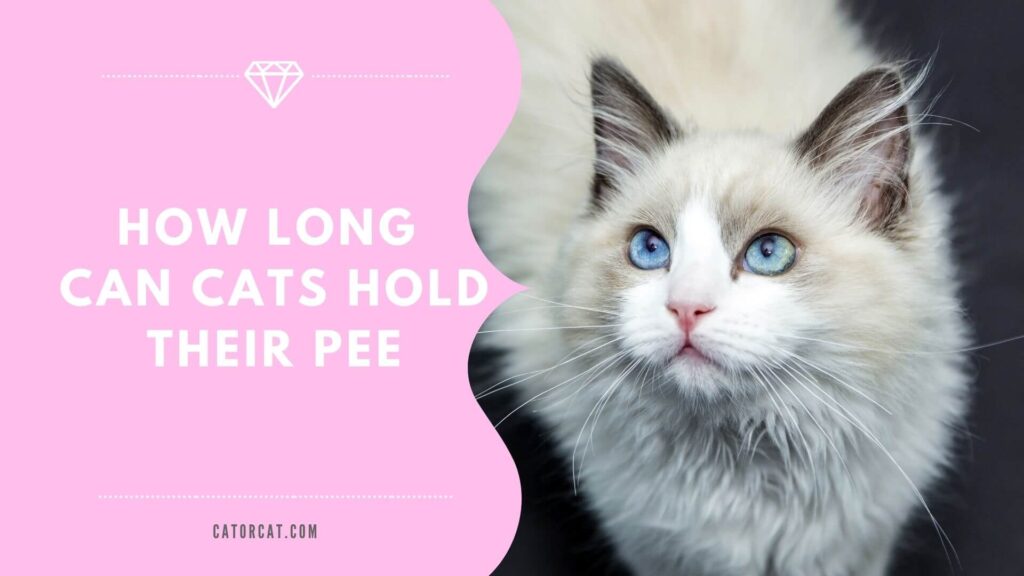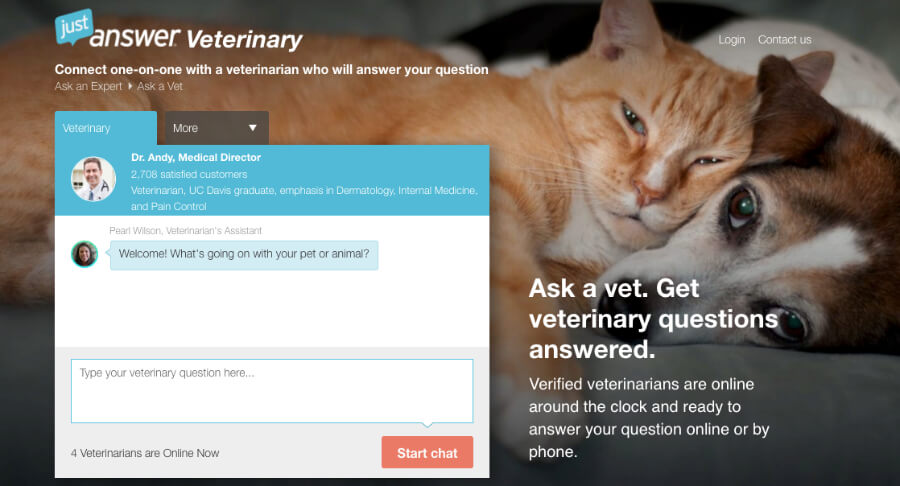
If you’re a new cat owner, there may be a few things you need to know so you can provide a proper home and healthy environment for your pet kitty.
While food, sleeping area, and litter box are some of the most important things you need to take care of, your kitty’s health should also be on top of the list.
Kidney disease is one of the most common health problems in cats. In fact, about a third of older cats suffer from some form of kidney disease. There are even kidney problems that if not attended to within 3 days, could bring your cat into a coma, and in the worst-case scenario, death.
That is why it’s important to have information on a cat’s urinating behavior so you can provide the proper care and treatment should a problem occur.
In this guide, we will tackle a cat’s urinating behavior, as well as what can be done if some signs point to a health concern.
How Much Do Cats Pee in a 24-Hour Period?
There is no standard frequency as to how much a cat should pee in a 24-hour period. This is because cats can normally hold their urine for a maximum of 48 hours. That’s right, cats can hold their pee for 2 days without causing a problem.
But when it reaches 3 days or more, then that’s definitely a cause for concern.
Typically, a cat normally pees somewhere between 2 to 4 times in a day, or once every 6 to 12 hours. If you noticed your cat hasn’t peed in one day, it may be time to observe her behavior and determine whether or not there’s a problem you should be worried about.
There are many factors to determine how much a cat should pee. Genetics, medical conditions, diet, how much fluids they drink, as well as their age.
For kittens, they need to pee more because their bladders are usually smaller and they drink more milk from their mothers. They also can’t urinate on their own until three weeks of age. Their mother would need to lick their genital area to stimulate the release of urine from the bladder. For kittens whose mother is not present, you can wipe their genital area gently with a cotton ball or a warm towel.
Older cats who may have lost control of their bladder would also be peeing more than usual.
Possible Causes Why Your Cat May Display Unusual Peeing Behavior
Unusual peeing behavior could include not peeing for more than 48 hours, or peeing more than usual, or your cat intentionally holding her pee.
There are many possible causes as to why these unusual peeing behaviors may occur. Let’s discuss some of these potential causes:
1. A Blockage
A blockage in your cat’s urinary tract may be present. If this is the case and your cat does not pee for more than 72 hours, it could cause your cat to go into a coma and die. Male cats are more prone to urethral blockages than female cats and this happens when crystalline-like materials or thick mucus prevents the passage of urine from the urinary tract.
A blockage can also be caused by a condition called FLUTD, or Feline Lower Urinary Tract Disease, which can make urination painful. Other signs of this condition include blood in the urine, your cat crying when peeing, your cat skipping the litter box, and constant licking of the genital area.
Other causes of urethral blockages in cats may also be caused by urethritis or cystitis.
2. Stress
If you’re traveling, your cat might be holding her pee due to stress. Cats hate it when they’re out of their comfort zone so they hold their pee, their poo, don’t eat on time, and display unusual behavior when their environment is unfamiliar to them.
If you’re traveling and your cat is in a cage or carrier, they may intentionally hold their pee during the entire duration of the trip.
Though you can place a litter box in the cage, or an absorbent pad where they can pee, your cat may not always want to relieve themselves in an uncomfortable situation.
3. Bacterial Infection
Your cat may also be not peeing as usual due to a bacterial infection in the urinary tract or bladder. If you suspect an infection, your cat’s vet can administer a bacterial culture to diagnose the possible problem.
4. Obesity
Cats who are overweight may have problems with incontinence. They may be peeing more than usual because their body fat or weight is pressing against their bladder, and thus, making them want to pee more frequently.
5. Other Problems
It is important that you know your cat’s peeing behavior so you can gauge a possible problem when it happens. If your cat usually pees 2 to 4 times a day but suddenly she hasn’t peed in 48 hours, then it may be a cause for concern. Or, if your cat usually does not pee as much, but suddenly she’s peeing more than often, then you might want to monitor her health more closely.
How You Can Help
If you’re concerned your cat is not peeing normally, there are a few things you can try to help your cat release urine from her bladder. Here are some things you can try:
1. The Ragdoll Technique
The Ragdoll Technique is known to be a proven method that’s simple to do. Lift your cat by her armpits, making sure her legs are hanging over her little box. If that doesn’t make her pee, you can find her bladder and squeeze it. If that doesn’t work, try rubbing your cat’s back to help her relax, pet her, and then find her bladder, and squeeze.
2. Clean The Litter Box
Cats are clean creatures and if their little box is starting to smell and looking nasty, chances are, they won’t go near it at all, even if it means holding their pee.
We recommend: Pretty Litter – The world’s smartest cat litter
Make sure you regularly clean your cat’s litter box and it’s free from nasty smells to encourage your cat to urinate on their litter tray.
3. Make Sure Drinking Water is Always Within Reach
Your cat may not be the healthiest drinker but making sure your cat has access to drinking water at all times encourages her to drink more. More fluids mean more frequency of urine, helping to release toxins and prevent the buildup that could cause health problems in your cat.
The Bottom Line
Cats can hold their pee overnight and anywhere from 24-48 hours but beyond this, it could be a dangerous health problem. From 48 to 72 hours, the buildup of toxins can cause serious health problems that could lead to a coma and death in your cat.
The best way to make sure your cat is peeing regularly and normally is to make sure you are monitoring her urination frequency, so you can act at the first sign of a problem.

